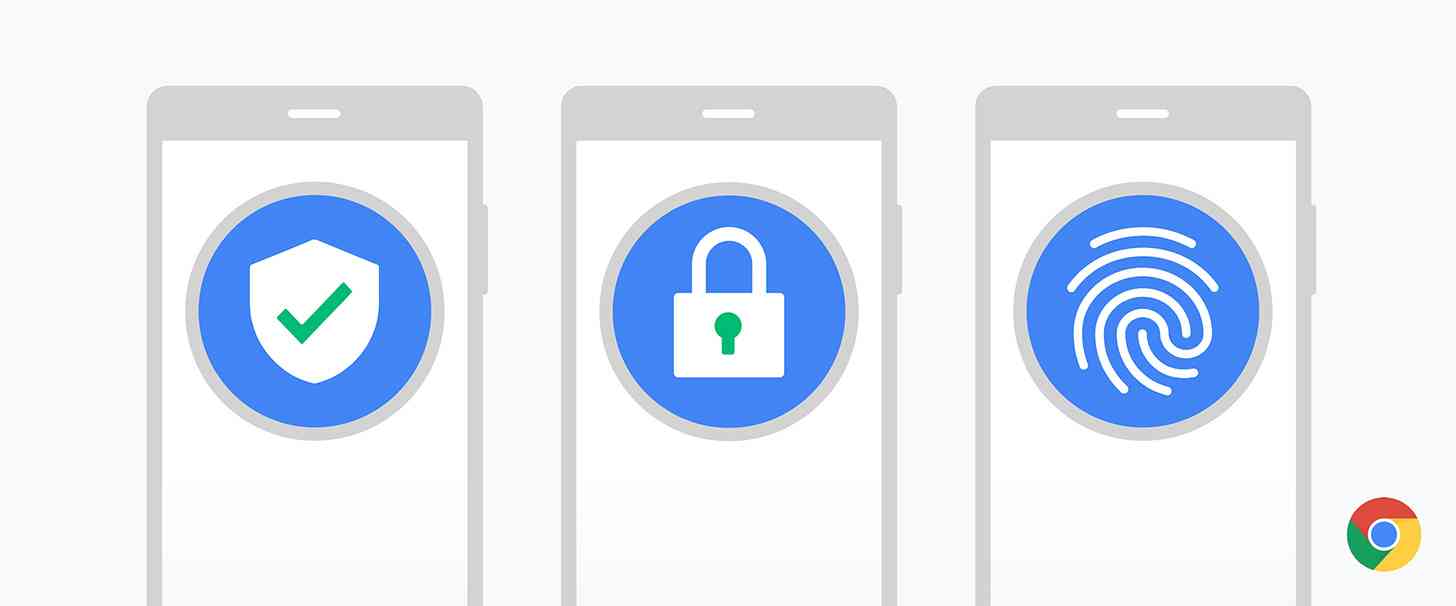
Google is updating Chrome for both Android and iOS with new security and protections for users on both platforms.
Google Chrome can now tell you if the passwords you've asked Chrome to remember have been compromised. It does this by sending a copy of your usernames and passwords to Google using encryption that allows it to check your logins against a list of compromised credentials, but doesn't allow Google to actually see your username or password.
If you do have a username or password that's been compromised, Chrome can help you change it, too. The browser is gaining support for a well-known change password URL specification that'll take you directly to a site's "change password" form.
Also included in the Chrome 86 release is Enhanced Safe Browsing for Android. When you turn this feature on, Chrome can proactively protect you against phishing, malware, and other dangerous sites by sharing real-time data with Google's Safe Browsing service.
Meanwhile, Chrome users on iOS are getting better password filling. Now when Chrome wants to autofill your password on a website, you can choose to first authenticate it with Face ID, Touch ID, or your phone's passcode, preventing other people from automatically logging in to sites using your info.

Chrome Password Manager also allows you to autofill saved passwords into iOS apps or browsers if you enable Chrome autofill in your Settings.
Finally, Google is planning to bring Safety Check to Chrome in its next release. Chrome on Android and iOS will include the Safety Check feature that will check for compromised passwords, tell you if Safe Browsing is enabled, and check if your version of Chrome is the latest available update with the newest security protections.
You can get Google Chrome for Android from the Play Store, while iOS users can download it from the App Store.